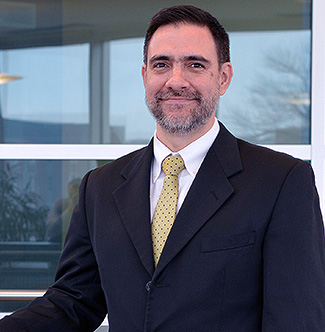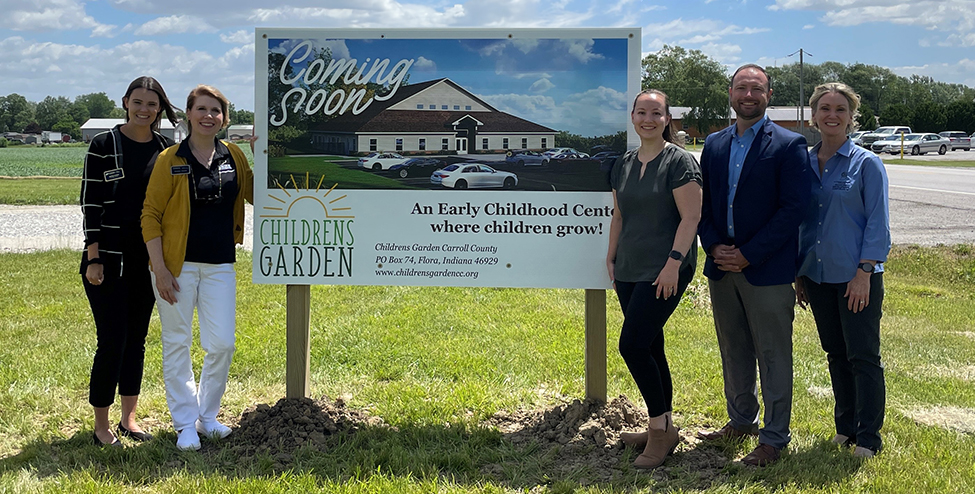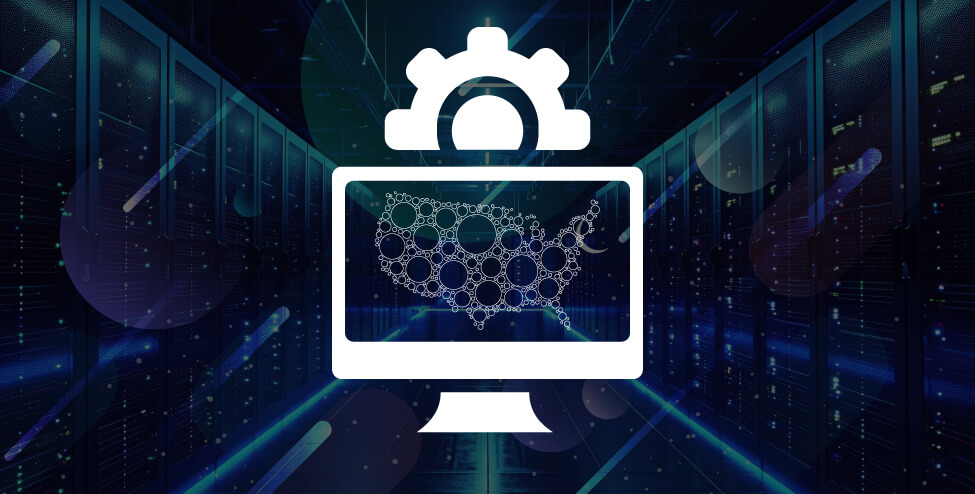When Are We Getting Broadband?

The current broadband funding landscape is crowded. It is easy to get lost among so many broadband programs, resources, etc. And while this blog post will not answer all questions and/or clarify these muddy waters, I hope it provides some timely and accurate information as well as what community leaders can do.
A report from the Government Accountability Office (GAO) found that there are more than 100 programs related to broadband across 15 federal agencies. For this discussion, however, we will focus solely on the Broadband Equity, Access, and Deployment (BEAD) program included in the Infrastructure Investment and Jobs Act (IIJA). This program was allocated $42.5 billion dollars and has been discussed extensively by internet service providers, the media, and community organizations over the past several months.
This program has also caused misunderstandings. Many residents and leaders believe these funds will come soon to their communities. Unfortunately, this is not the case. If all goes well, broadband construction may begin in late 2023 or early 2024* and not all areas will be eligible.
Why? Well, there are several reasons. First, a brand-new map of broadband availability is being developed. This map will define the amount each state will receive and where these funds can be used. Its development consists of two steps: a fabric map followed by broadband data collection reported by providers. The fabric map will identify all broadband serviceable locations or BSLs (e.g., homes, businesses, farmsteads, etc.) while the broadband data collection will show where service is available. The public will be able to review these service areas and provide feedback on its accuracy. This map should be completed by early 2023.
Second, BEAD requires each state to come up with a five-year action plan that will dictate how these funds will be spent, including public input through community engagement. The State of Indiana has a request for proposals for a consultant to do this for the state. Once that is defined, the plan should be completed in nine months.
So, what does all this mean for communities? Well, if you have a broadband task force or group in place, it will be easier for your community to participate in the community engagement as the plan is being drafted. It will also be easier to continue gathering broadband data in your community and when the time comes, review and provide feedback on its accuracy.
Something very important to keep in mind: while BEAD will provide money to the states, it is not yet clear which areas will be eligible in your community. In other words, funding is not a guarantee.
What can you do? Reach out to the Indiana Broadband Office so they can keep you updated on the process. If you have not setup a broadband task force or working groups, check out these steps to learn how to get started. Continue gathering data on broadband availability and quality in your community. Conduct as many speed tests as frequently as you can. Work with your GIS departments to identify serviceable locations. Reach out to internet service providers, telephone, and electric cooperatives to see what they need and how you can help them apply for BEAD funds once they are available.
Regardless of ongoing broadband funding and programs (e.g., ReConnect, CARES, ARPA, etc.), the issue is far from resolved in your communities. BEAD provides unique opportunities for your voice to be heard. So, don’t let your guard down, stay alert, informed, continue gathering relevant data, and participate when the opportunity arises in the next several months.
* Update (11/1) – Earlier version stated “late 2024 or early 2025” and was corrected.

Roberto Gallardo is the Vice President for Engagement and an Associate Professor in the Agricultural Economics Department. He holds an electronics engineering undergraduate degree, a... read more




